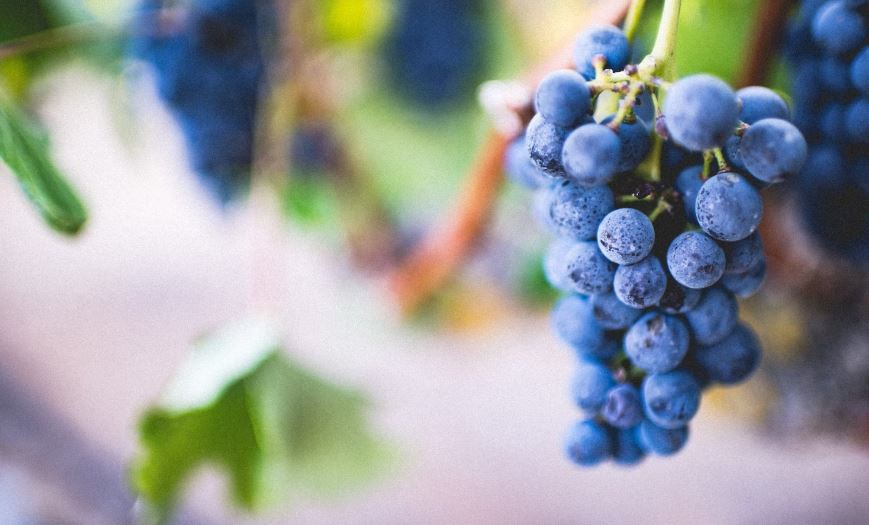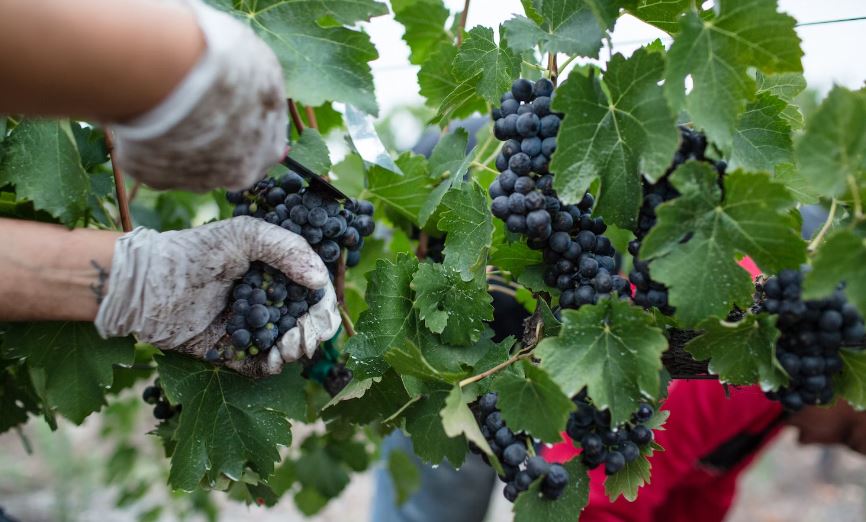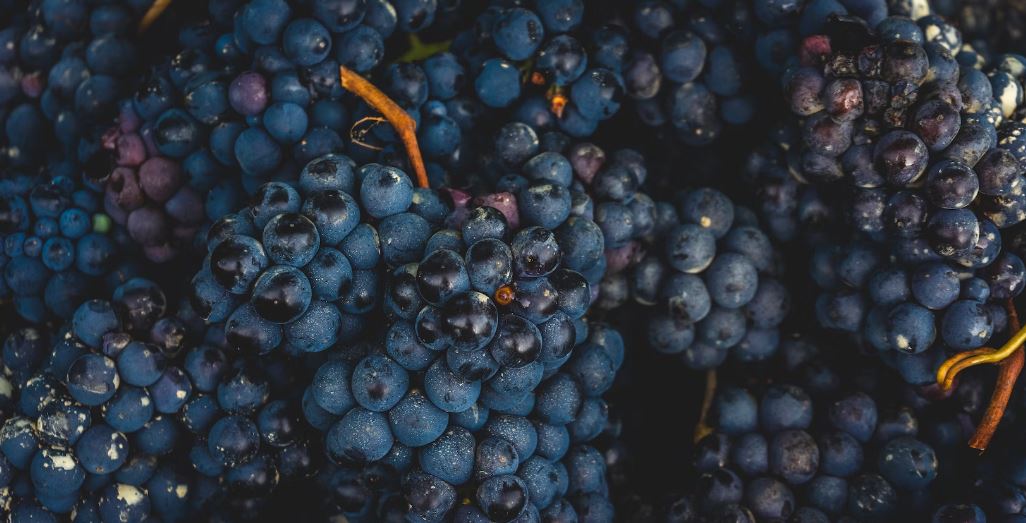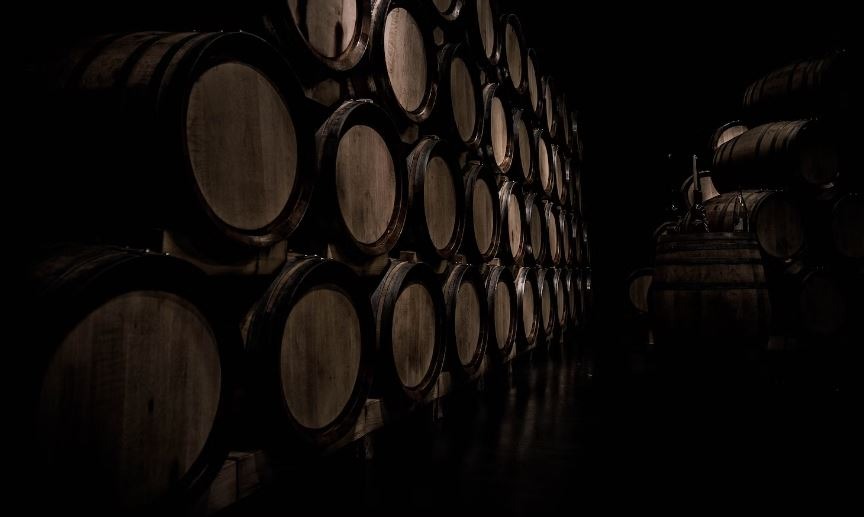Introduction
Ice wine, a true gem among the world’s dessert wines, is a luxurious and rare creation cherished for its exquisite sweetness and unique production process. This delightful elixir is made from grapes that have naturally frozen on the vine, allowing their sugars and flavors to concentrate into a harmonious symphony of taste.
Ice wine’s allure lies in its enchanting balance between sweetness and acidity, along with its sumptuous, syrupy texture. This regal wine is typically enjoyed as a dessert wine, best served chilled in small quantities. It pairs divinely with desserts, cheeses, or can be savored on its own.
Produced in select regions around the world, notably Canada particularly in the Niagara region of Ontario and Germany, ice wine is a testament to the mastery of winemakers who brave the elements to create this liquid gold. Its labor-intensive production process and limited yield make it a luxury wine, often commanding a higher price tag compared to other varieties. Whether you’re a seasoned wine enthusiast or a curious novice, exploring the world of ice wine promises an unforgettable tasting experience.
Here’s how ice wine is typically produced:
Grape Selection
Ice wine is usually made from grape varieties such as Riesling, Vidal Blanc, and Cabernet Franc. These grapes are left on the vine well past the normal harvest season, often into the winter months.
The selection of grape varieties for making ice wine is a crucial factor in producing this exquisite dessert wine. Not all grape varieties are suitable for ice wine production because they need to withstand the freezing temperatures and maintain the right balance of acidity and sweetness. Here are some of the grape varieties commonly used for ice wine:
1. Riesling
Riesling is perhaps the most famous and widely used grape variety for ice wine production. Its naturally high acidity and aromatic characteristics make it an ideal choice. Riesling ice wines are known for their intense fruit flavors and bright acidity.
2. Vidal Blanc
Vidal Blanc is a hybrid grape variety that is well-suited to colder climates. It is often used for ice wine production in regions like Canada and the northeastern United States. Vidal Blanc ice wines are known for their tropical fruit and citrus flavors.
3. Cabernet Franc
Cabernet Franc is a red grape variety that can also be used to make ice wine. It is primarily used in regions where red ice wines are produced. The wine tends to have rich red fruit flavors and a hint of spice.
4. Gewürztraminer
Gewürztraminer is known for its intense floral and spicy aromas. When used for ice wine, it can produce wines with exotic fruit flavors and a touch of spiciness.
5. Chenin Blanc
Chenin Blanc is used for ice wine production in regions like South Africa and the Loire Valley in France. It can yield ice wines with honeyed notes and a good balance of sweetness and acidity.
6. Gruner Veltliner
This Austrian grape variety has been used for ice wine production with success. It offers a unique flavor profile with hints of white pepper, green apple, and citrus.
7. Ehrenfelser
This is a lesser-known grape variety often used in ice wine production in British Columbia, Canada. It can produce wines with apricot and honey notes.
8. Merlot
In regions where red ice wines are produced, such as in Canada, Merlot grapes can be used to create a unique style of ice wine with red fruit flavors and a hint of spice.
It’s important to note that the grape selection for ice wine is not limited to these varieties, and different wine regions may experiment with other grapes based on their local climate and conditions. However, the key factors in grape selection for ice wine are the grape’s ability to withstand freezing temperatures, its acidity, and its potential for producing concentrated, sweet juice. The timing of the harvest, when the grapes are naturally frozen on the vine, also plays a critical role in the final flavor profile of the ice wine.
Freezing Process
The freezing process is a critical and unique aspect of making ice wine. It is what gives ice wine its concentrated sweetness and intense flavors. Here’s a step-by-step explanation of the ice wine freezing process:
1. Grape Maturation
Grape vines are left to grow and ripen beyond the regular harvest season, typically into the late autumn and early winter. During this time, winemakers closely monitor the grapes to ensure they reach optimal ripeness. Grapes intended for ice wine need to have a high sugar content.
2. Frosty Weather Conditions
Ice wine production relies on extremely cold temperatures. Ideally, the temperature should drop to at least -8°C (17°F) or lower. In some regions, the grapes might not be harvested until temperatures drop even further.
3. Late Harvest
Once the winemaker determines that the grapes are at the desired level of ripeness, they wait for a cold snap, a period of cold weather that will freeze the grapes. The grapes should be harvested as soon as possible after this cold snap to ensure they remain frozen.
4. Hand Harvesting
Harvesting is done by hand, often in the early morning hours when temperatures are at their coldest. This is to ensure the grapes remain frozen throughout the process. Mechanical harvesting is typically avoided because it can damage the delicate frozen grapes.
5. Gentle Pressing
The harvested grapes are gently pressed while still frozen. Since the water content within the grape is frozen, only the concentrated, sugary juice is extracted. This pressing process is crucial to maintain the wine’s high sugar content.
6. Fermentation
The extracted juice is then fermented, typically at cooler temperatures than other wines. The slow fermentation process can take several months to complete. This slow fermentation preserves the natural sweetness in the juice.
Aging
The aging process of ice wine is a crucial step in its production that helps develop its flavors and complexity. Here’s an overview of how ice wine is typically aged:
1. Fermentation Completion
After the grape juice has been extracted and the fermentation process begins, it can take several months to complete. Ice wine fermentation is usually carried out at cooler temperatures than standard wine fermentations, which helps preserve the wine’s natural sweetness.
2. Racking
Once fermentation is complete, the wine is often “racked.” Racking entails shifting the wine from one field to another, leaving at the back of any sediment or solids that may have settled at the bottom of the fermentation vessel. This process helps clarify the wine.
3. Aging Vessels
Ice wine can be aged in various types of vessels, including stainless steel tanks, oak barrels, or a combination of both. The choice of aging vessel can influence the wine’s final flavor profile.
- Stainless Steel Tanks
Stainless steel tanks are commonly used for aging ice wine. They are inert, meaning they do not impart any additional flavors to the wine. This allows the pure fruit and honeyed notes of the ice wine to shine through.
- Oak Barrels
Some winemakers choose to age ice wine in oak barrels, which can add subtle oak-derived flavors and complexity to the wine. Oak aging may impart notes of vanilla, spice, or toasted wood, depending on the type and age of the barrels.
4. Duration of Aging
The length of time that ice wine is aged can vary depending on the winemaker’s preferences and the style of ice wine they aim to produce. Aging can range from several months to several years.
5. Monitoring and Tasting
Throughout the aging process, winemakers regularly monitor the wine’s development. They may taste samples to assess how the flavors are evolving and whether the wine is achieving the desired balance between sweetness, acidity, and other flavor components.
6. Bottling
Once the ice wine has reached the desired level of aging and complexity, it is prepared for bottling. Before bottling, the wine may undergo additional filtration or fining to ensure clarity and stability.
7. Packaging
Ice wine is typically bottled in smaller, elegant bottles, often half-bottles (375ml) or even smaller. This is because ice wine is typically enjoyed in small quantities due to its intense sweetness.
8. Labeling and Release
The labeling and release of ice wine is a crucial final step in bringing this exceptional dessert wine to the market. Ice wine bottles are labeled with the vintage year and other relevant information. They are then released for sale to the public. Here’s an overview of how ice wine is typically labeled and released:
- Label Design
Wineries design unique labels for their ice wine bottles. These labels often highlight the wine’s name, vintage year (the year the grapes were harvested), and may include additional information about the winery, region, or specific vineyard.
- Legal Requirements
Ice wine labels must adhere to legal requirements and regulations specific to the region where the wine is produced. These regulations may specify what information must be included on the label and may also dictate the use of certain terms or designations, such as “Icewine” in Canada or “Eiswein” in Germany.
- Bottle Size
Ice wine is typically bottled in smaller containers, often half-bottles (375ml) or smaller. This is because ice wine is enjoyed in small quantities due to its intense sweetness.
- Quality Control
Wineries typically conduct quality control checks to ensure that the wine meets their standards before labeling and releasing it. This may include taste testing and analysis of the wine’s characteristics.
- Packaging
Once the labels are affixed to the bottles, the bottles are often packaged in individual boxes or cartons to protect them during transportation and storage. Packaging may also be designed to reflect the premium nature of ice wine.
- Distribution
Ice wine is often distributed through specialized channels, including wine shops, restaurants, and directly from the winery’s tasting room. Some wineries may allocate their ice wine to a select list of retailers and buyers due to its limited availability.
- Release Timing
Ice wine is typically released for sale after it has undergone adequate aging, which can vary depending on the winemaker’s preferences. The release timing is often coordinated with special occasions or wine events.
- Promotion
Wineries may promote their ice wine through tastings, wine events, and marketing efforts to raise awareness and attract potential buyers.
- Price Point
Ice wine is considered a premium product and is often sold at a higher price point compared to other wines. The price can vary based on factors such as the winery’s reputation, the quality of the vintage, and the rarity of the ice wine.
- Limited Availability
Due to the challenging production process and limited yield, ice wine is usually available in limited quantities. As a result, it may sell out quickly once released.
The labeling and release of ice wine involve meticulous attention to detail to ensure that this exceptional dessert wine reaches consumers with the highest quality presentation. The premium nature of ice wine, along with its rarity and unique flavor profile, makes it a sought-after and cherished product among wine enthusiasts.
The aging process adds depth and nuance to ice wine, allowing it to develop a more complex bouquet and flavor profile. When properly aged, ice wine can offer a delightful balance of sweetness, acidity, and layered fruit and honeyed notes, making it a prized dessert wine that pairs beautifully with a range of desserts or can be savored on its own.
CONCLUSION
Ice wine is truly a rare and exquisite dessert wine crafted from grapes that have naturally frozen on the vine. This unique winemaking process concentrates the grapes’ sugars and flavors, resulting in a wine celebrated for its intense sweetness, vibrant acidity, and rich fruity notes. Ice wine is a true luxury, enjoyed in small quantities and cherished for its labor-intensive production and exceptional taste, making it a prized gem in the world of wine.




